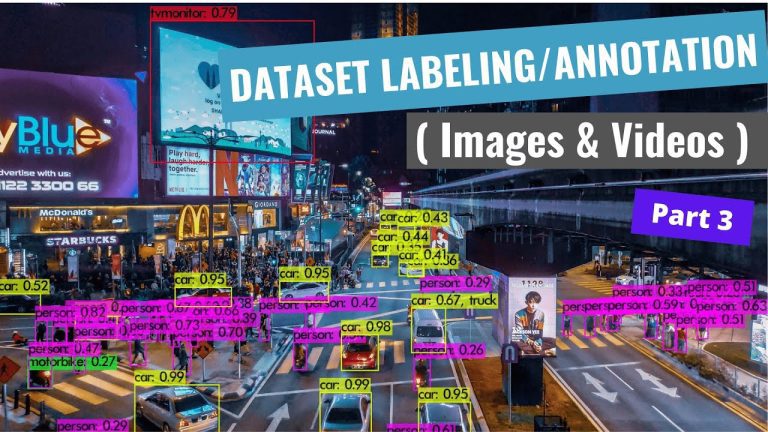
Understanding Dataset Generation
Dataset generation is the process of creating a collection of data that is used for training machine learning models, data analysis, and other computational tasks. These datasets can consist of structured data, like tables, or unstructured data, such as images, videos, and text. The importance of dataset generation lies in its ability to provide the necessary inputs for algorithms to learn and make accurate predictions. It involves various methods and sources, including data collection from real-world scenarios, simulation, or augmentation techniques, depending on the requirements of the project.
Methods of Dataset Generation
There are several methods used to generate datasets, each suited to different types of data. For example, data collection is often the first step, where data is gathered from surveys, sensors, or external APIs. Another common method is data simulation, which is ideal for generating synthetic data that mimics real-world data without involving actual human subjects or sensitive information. Data augmentation techniques, often used in image and audio processing, can create new data by slightly modifying the existing data (e.g., rotating images, altering contrast). The choice of method depends on the type of machine learning task and the availability of existing data.
Data Labeling and Annotation
Once data is collected or generated, labeling and annotation are crucial steps. Labeling refers to tagging the data with relevant information, making it usable for supervised learning algorithms. In the case of image data, for example, labeling might involve identifying objects within the image, while for text, it could mean categorizing sentiment or identifying entities. Data annotation can be done manually, using tools like crowdsourcing platforms, or through automated processes. Proper and accurate labeling is essential for the quality and effectiveness of a dataset, as mislabeling can result in inaccurate model predictions.
Challenges in Dataset Generation
While dataset generation is critical for training algorithms, there are challenges to be aware of. One common issue is data imbalance, where certain classes are overrepresented or underrepresented in the dataset, leading to biased models. This is especially a concern in fields like healthcare or fraud detection. Additionally, the privacy and ethical implications of data collection must be considered, especially when personal or sensitive information is involved. Another challenge is the quality of the data, as noisy, incomplete, or irrelevant data can affect the model’s performance.
Tools and Technologies for Dataset Generation
Several tools and technologies have emerged to assist in dataset generation, making it more efficient and scalable. Open-source libraries such as Pandas and NumPy are widely used for structuring and manipulating data, while TensorFlow and PyTorch support dataset generation specifically for machine learning tasks. For image data, tools like OpenCV and Augmentor help with data augmentation, ensuring the generated dataset is diverse and robust. Additionally, synthetic data generation tools, like Synthea for healthcare data, are gaining popularity, especially when real data is scarce or confidential.